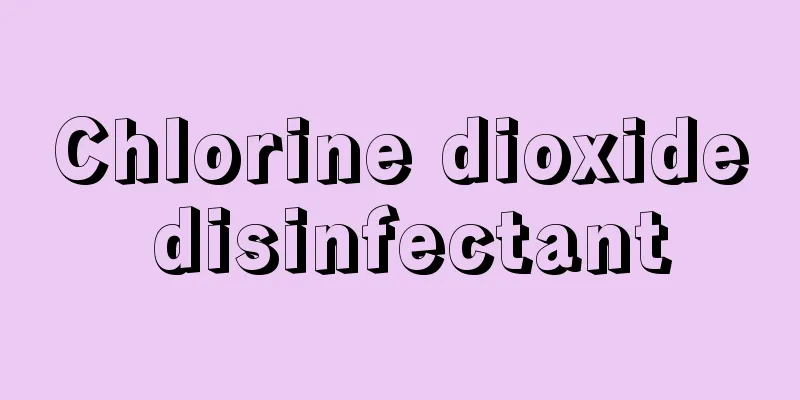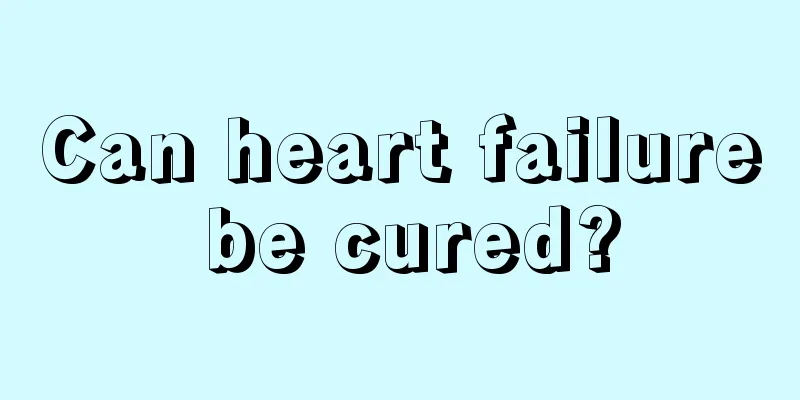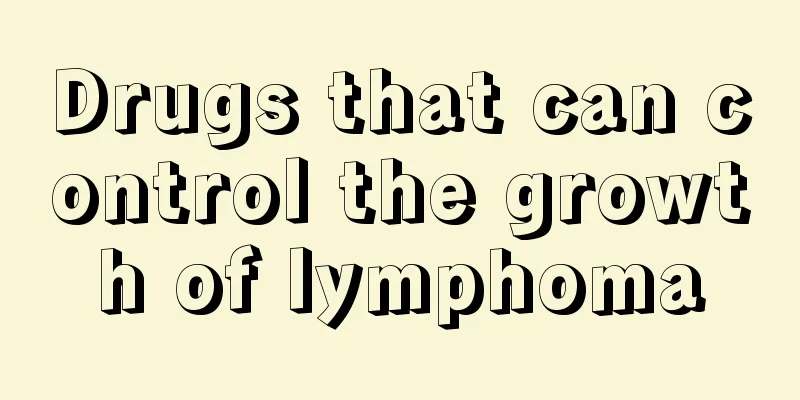Chlorine dioxide disinfectant

|
Chlorine dioxide disinfectant has been used by humans for a long time, but many friends still don’t know much about it. Chlorine dioxide can be used for food disinfection, food equipment, utensils disinfection, etc., and is widely used in the food industry. Chlorine dioxide must be used with extreme caution, because if its concentration in the air reaches a certain level, it may cause an explosion. Human's initial understanding of chlorine dioxide Humans began using chemical disinfectants for sterilization and disinfection in the early 19th century. After the chemical disinfectant bleaching powder came out in the 1820s, people used it mainly for drinking water disinfection and the treatment of infected wounds, with good results, opening up the first milestone in chemical sterilization and disinfection. Since then, people have discovered the second-generation disinfectant ethylene oxide and the third-generation disinfectant glutaraldehyde. A new generation of highly effective chemical disinfectant has finally come out after much anticipation. This is chlorine dioxide, which is known as the fourth-generation bactericidal disinfectant. Chlorine dioxide, a disinfectant containing chlorine dioxide, was invented in 1911. In the early years, people did not use it for sterilization and disinfection. It was not until around 1940 when sodium hypochlorite was industrially produced that people began to use it on a large scale. In 1940, Niagara Falls in the United States was the first to use it to treat drinking water, with good results, and it was quickly promoted throughout the world. In recent years, people have discovered that when chlorine is used to disinfect drinking water, organic matter in the water will undergo a substitution reaction with chlorine to form organochlorine compounds. Organochlorine will accumulate in the human body and produce chronic cumulative poisoning, and may also induce cancer. The World Environmental Alliance is about to completely ban the use of chlorine for drinking water disinfection, and recommends the use of chlorine dioxide, a widely used, highly oxidizing, and efficient disinfectant, to disinfect drinking water. Currently, chlorine dioxide has been listed as a Class AⅠ disinfectant by the World Health Organization (WHO). my country began to apply chlorine dioxide disinfection technology in the 1980s. In 1987, the Guangdong Provincial Health Supervision Department approved its use for food disinfection, preservation, and disinfection of food equipment and utensils. In 1990, Shanghai Health Administration approved its use in water treatment, food processing, aquaculture, deodorization, etc. my country's Ministry of Health also clearly proposed before 2000 to gradually use chlorine dioxide to replace chlorine for drinking water disinfection. Recently, chlorine dioxide has been listed as an important chlorine-containing disinfectant for preventing SARS. 【 use 】 Used as oxidant, deodorant, bleaching agent, etc. 【 Preparation or Source 】 It is prepared by the reaction of sodium chlorate with sulfuric acid and methanol or by the reaction of sodium chlorate with sulfur dioxide. 【 harm 】 Chlorine dioxide is a strong oxidizing agent and can become explosive when its volume concentration in the air exceeds 10%, but its aqueous solution is very safe. It can react explosively with many chemicals and is quite sensitive to heat, vibration, impact, and friction, and can easily decompose and explode. Chlorine dioxide has a pungent odor similar to chlorine and is highly irritating. It mainly causes eye and respiratory tract irritation after contact. Inhalation of high concentrations can cause pulmonary edema, which can be fatal and cause serious damage to the respiratory tract. High concentrations of this product gas may be irritating to the skin. Skin contact or ingestion of high-concentration solutions of this product may cause severe irritation and corrosion. Long-term contact may lead to chronic bronchitis. |
<<: Hydrogen peroxide disinfectant
>>: What is the use of mosquito coil ash
Recommend
Effects of biosynthetic human insulin
The effects of biosynthetic human insulin are qui...
What are the treatments for massive liver cancer? How should we care for massive liver cancer?
Massive liver cancer is a type of liver cancer. M...
Can pregnant women use hand sanitizer?
With the improvement of living standards, many da...
How long can chicken be kept in the refrigerator
If you want to store chicken in a refrigerated pl...
Can I eat cherries when I have toothache
Toothache is a particularly common problem. Commo...
How to provide dietary care for patients with thyroid cancer
How should patients with thyroid cancer take care...
How is the effect of radiotherapy for esophageal cancer
How effective is radiotherapy for esophageal canc...
Summer health care: 10 ways to use heat to prevent heatstroke and cool down
In the hot summer, the human body sweats a lot an...
How to prevent dandruff
In life, because everyone has a different lifesty...
How to eat for bile duct cancer
Cholangiocarcinoma is a kind of existing disease....
How high is the hereditary rate of uterine cancer
If there is a family member with uterine cancer, ...
How to relieve leg pain in patients with prostate cancer
If a prostate cancer patient experiences leg pain...
There are several types of prostate cancer
Prostate cancer is a common cancer among all canc...
Will oral cysts disappear on their own?
Oral cyst is a relatively serious disease at pres...
What is usually the cause of itching on the body
Everyone must be familiar with dry, rough and itc...









